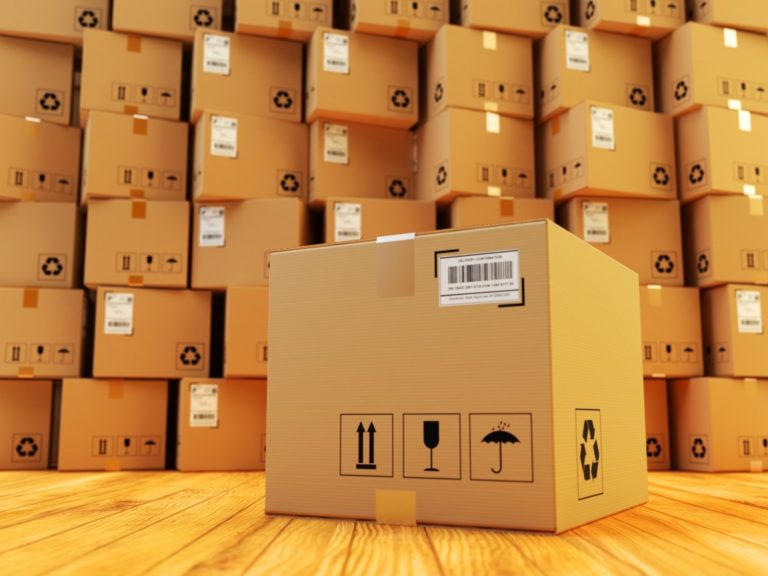Although product returns are part of the sales cycle, they are costly. Annually, businesses lose over $500 billion, according to the IHL Group. They can also account for as much as 30% of the purchase price. In other words, customers end up paying more for the product.
One of the ways to reduce product returns is to understand the primary causes and then do something about them. On top of the list is a damaged item. To avoid it, here are a few tips:
1. Pick the Right Transport Type
These days, logistics and distribution companies can now offer various kinds of services, such as full load transport. Customers can also choose:
- Partial load transport
- Curtain-sided transport
- Express transport
- Groupage transport
Their differences, though, can tell businesses how long the product arrives at the customers and its safety. Take, for example, full load.
A full-load cargo means the company fills the back of the van to the brim and delivers it to the shipper directly. It helps reduce the amount of time the goods travel, which also decreases the risk of damage.
A curtain-sided transport involves a trailer mounted on a flatbed while a pair of large tarps cover the sides. These tarps may bear the logo of the company or even display an ad. This system allows for quick mounting and removal of goods, but it may not be the ideal transport service for fragile items.
Groupage transport means the vehicle carries assorted products. Some of them may be parcels, while others are in crates or pallets. Businesses can consider this to save costs, but due to the sizes of other goods, smaller products may be prone to damage.
2. Secure an Insurance Policy
As mentioned, travel time can boost the odds of having a damaged product. The longer they are on the road, the more they are exposed to risk factors, such as adverse weather conditions.
Many logistics companies offer insurance coverage for the goods. It pays when something happens to the item along the way. It is an extra expense, but it may be more affordable than replacing the product altogether.
Another type of insurance that businesses may need is product liability insurance (PLI). This policy covers damage to property or injury a faulty product may cause. Sellers may still be held liable by the customer even if they didn’t manufacturer the goods.
PLI need not be expensive, as some business owners think. If they choose the right package, they may pay less than £200 a year. The compensation claim, meanwhile, can be as much a million pounds.
3. Consider Investing in a Return Management Programme

Many consumers judge businesses through their product return policies. In a 2018 survey, 95% of them said that the way the company handled their returns would tell whether they would order again. About 39% wanted stores to correct items within a day or two after informing the seller of the mistake. More than 85% also shared that they wanted to have the ability to return the items in-store or through prepaid shipping.
With these growing demands, businesses may need to invest in a return management application. It can perform the following tasks:
- Keep track of the goods marked for return in real-time
- Allow consumers to print return labels anytime
- Create multi-channel platforms to facilitate returns (for example, customers can now do it via e-mail, phone call, or mobile app)
- Hasten the processing and delivery of the replaced goods
- Create data analytics to understand the company’s returns process better
Product returns can hurt businesses—but only if they fail to take the right steps to mitigate them. When done right, they become opportunities to enhance the customer experience.



